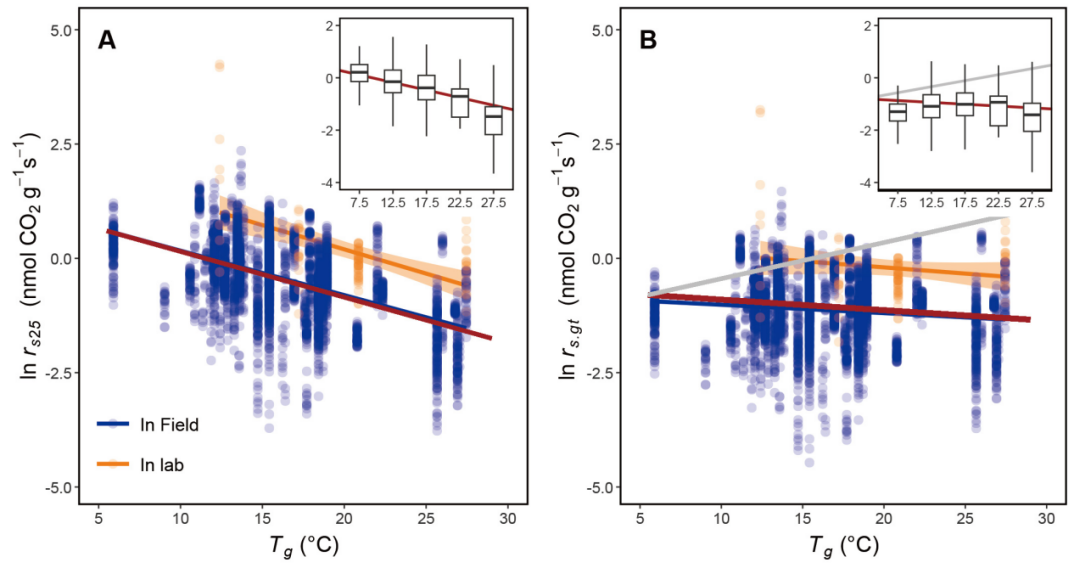2025-06-25 スイス連邦工科大学ローザンヌ校(EPFL)

© Multimedia Signal Processing Group / EPFL
<関連情報>
- https://actu.epfl.ch/news/selfies-could-one-day-be-stored-on-dna-strands/
- https://infoscience.epfl.ch/entities/publication/a2d6de17-8027-461a-9d6e-1998a2e93f46
- https://ds.jpeg.org/documents/jpegdna/wg1n100517-099-ICQ-JPEG_DNA_Common_Test_Conditions_v2.pdf
- https://infoscience.epfl.ch/entities/publication/001e1840-d15a-49a6-8b7d-932e6eb2b9bd
次世代画像圧縮における画質向上 Enhancing image quality in next-generation image compression
Testolina, Michela
EPFL Published:2024-09-20
DOI:https://doi.org/10.5075/epfl-thesis-10800
Visual information is deeply rooted in our daily lives. From social media to medical imaging, the demand for efficient storage and transmission of visual data is increasing exponentially. Image compression is a fundamental tool for managing this enormous data volume, enabling fast transmission even over bandwidth-constrained networks and efficient storage on devices with limited memory resources. However, reducing the size of images often comes at the cost of visual quality degradation, and artifacts such as blockiness, blurring, and loss of fine details can compromise the fidelity and perceptual appeal of compressed images leading to a limited user experience.
In this context, it is essential to reliably estimate the visual quality of distorted media to guide the research toward methods with improved performance. While the visual quality of images can be accurately measured by collecting the subjective opinions of a large number of human observers, this method is usually not feasible due to its high cost. For this reason, mathematical models were developed with the target of objectively estimating the perceived visual quality at a fraction of the cost. However, due to the complexity of human perception, estimated objective scores often diverge from subjective ones.
Next-generation image compression methodologies promise to revolutionize this landscape by reconciling compression efficiency and image quality preservation. Recently, insights into neural networks have incentivized research on learning-based image compression methods. The JPEG AI activity is currently in the process of standardizing a learning-based image compression method with an eye on machine vision in parallel to human vision. As an example, the problem of combining decoding with image denoising is being addressed by the activity.
Traditional storage mediums like hard drives and magnetic tapes face limitations in terms of capacity, durability, and environmental impact. In contrast, DNA, with its remarkable density and stability, offers a promising alternative for long-term data preservation. This approach holds the potential to store vast amounts of data in minuscule volumes, with the capability to endure for thousands of years under suitable conditions. In this context, effort was recently devoted to the development of compression methods that target generating quaternary code suitable for storage into DNA support.
This PhD thesis aims to acknowledge some of the challenges mentioned above by addressing the following key objectives: -Provide insights on subjective image quality assessment methodologies, by addressing shortcomings in current standardized methodologies and by contributing to the development of a new subjective visual quality assessment method;
- Benchmark a large number of objective image quality metrics, highlighting their fitness with different distortions and intensities;
- Present a method able to improve the quality of compressed images by integrating denoising operations into image decoding;
- Introduce a learning-based compression method suitable for long-term storage into DNA support.
By addressing these objectives, this PhD thesis aspires to contribute to the advancement in image compression technologies, providing useful insights into the development of next-generation systems able to reconcile compression efficiency and visual quality preservation.
静止画の符号化 Coding of still pictures
ISO/IEC JTC 1/SC29/WG1N100517 99th JPEG Meeting, Online, 24-28 April 2023
DNAサポートによる効果的な視覚情報保存に向けて Towards effective visual information storage on DNA support
Secilmis, Luka•Testolina, Michela•Lazzarotto, Davi•…
EPFL Published:October 3, 2022
DOI:https://doi.org/10.1117/12.2636678
DNA is an excellent medium for efficient storage of information. Not only it offers a long-term and robust mechanism but also it is environmental friendly and has an unparalleled storage capacity, However, the basic elements in DNA are quaternary, and therefore there is a need for efficient coding of information in quaternary representation while taking into account various biochemical constraints involved. Such constraints create additional complexity on how information should be represented in quaternary code. In this paper, an efficient solution for the storage of JPEG compressed images is proposed. The focus on JPEG file format is motivated by the fact that it is a popular representation of digital pictures. The proposed approach converts an already coded image in JPEG format to a counterpart represented in quaternary representation while taking into account the intrinsic structure of the former. The superiority of the proposed approach is demonstrated by comparing its rate distortion performance to two alternative approaches, namely, a direct transcoding of the binary JPEG compressed file into a quaternary codestream without taking into account its underlying structure, and a complete JPEG decoding followed by an image encoding for DNA storage.



